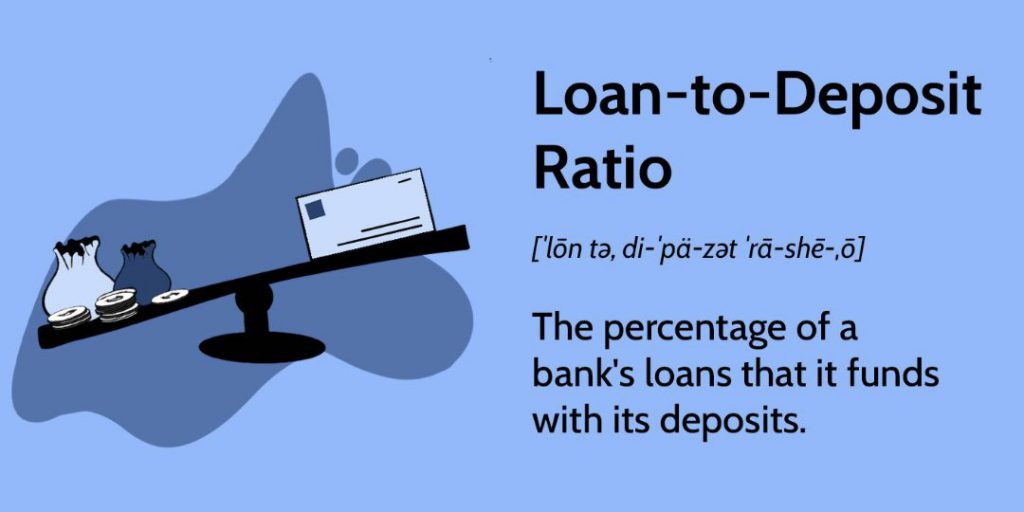Your Guide to Understanding What Does the Loan-to-Deposit Ratio Mean?
Picture this: you’re running your bank. Lucky you.
Now, let’s say you’re doing an analysis of your bank and you need a simple measure to see how financially healthy you are. Insert the ratio here.
Today, this guide will help you understand what the loan-to-deposit ratio means and other tidbits along the way. Keep reading to learn more.
Also read: US Loses Control, BRICS Becoming Mouthpiece of Non-Western Countries


Understanding the Loan-to-Deposit Ratio
A loan-to-deposit ratio is essentially a simple measure that banks use. It helps them assess their liquidity and lending practices. This represents a portion of a bank’s total loans compared to total deposits.
In short, it’s a way for a bank to see how much money being deposited by customers is also being lent out via loans. It’s all about the bank’s ability to manage assets versus liabilities. That’s a bank game.
Also read: Serbia To Join BRICS in 2024?


A Bank’s Financial Health
For a bank to stay healthy it needs to have an optimal loan-to-deposit ratio.
A high ratio highlights how aggressive a bank may be at lending out deposits. If they do this, they have to be careful of any sudden downturns or crises on the horizon.
In contrast, a low ratio suggests that the bank is not reaching its full potential and might be missing out on opportunities. By monitoring the loan-to-deposit ratio, a bank can assess their lending activities and adjust their strategies.


Do interest rates impact this ratio?
Yes, of course.
When rates are low, banks have an opportunity to make money. They are typically incentivized to lend money. The more money they lend, the more they can help stimulate the economy.
When rates are high, banks typically make lending a bit harder. They want to ensure a borrower can repay the borrowed money.
Conclusion
In conclusion, this loan-to-deposit ratio is a tool that banks use.
By taking a look at the ratio of loans to deposits, a bank can make the proper strategic moves needed to ensure long-term growth.
Understanding the significance of the loan-to-deposit ratio enables stakeholders to make informed decisions regarding investment, risk management, and financial stability in the banking sector.





